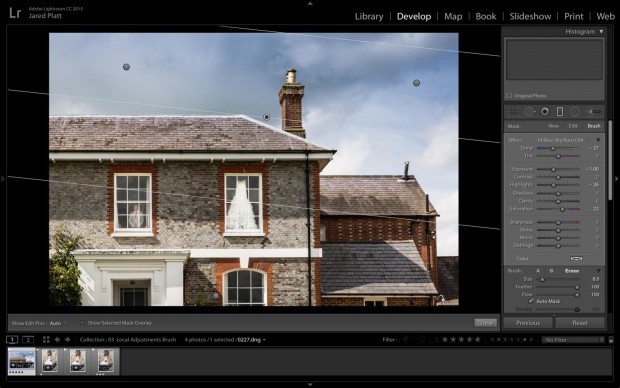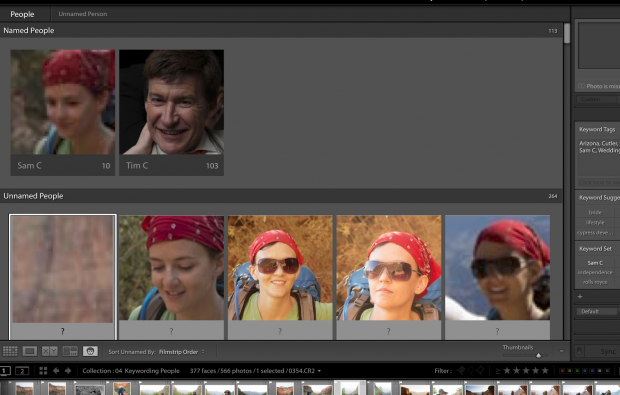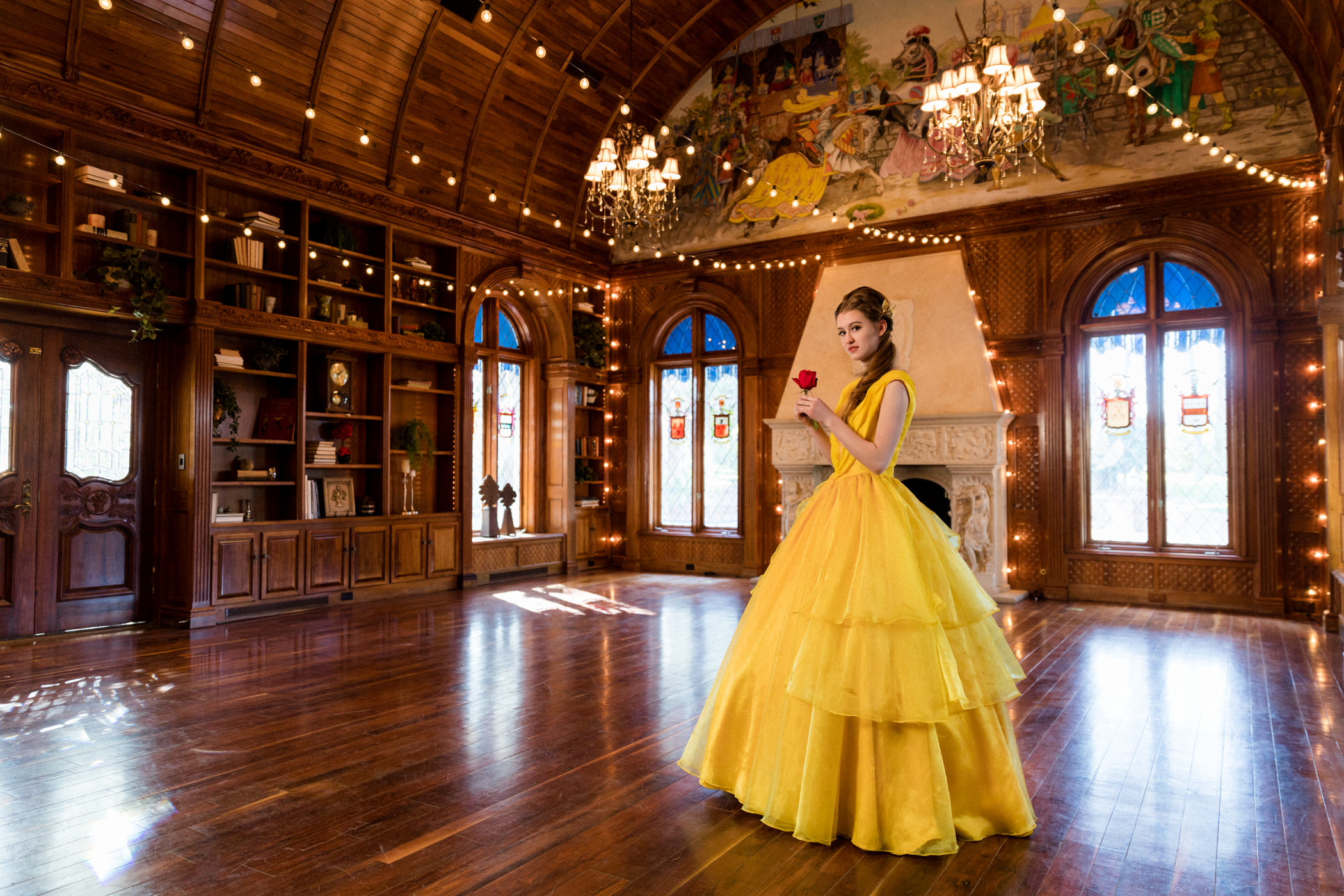Adobe Lightroom CC
It’s official! Lightroom has joined Adobe Creative Cloud. To this point, Photoshop, Indesign, Premier, Illustrator, and others have been a part of the Creative Cloud and enjoyed the constant and simple updates and the inter app connectivity of the cloud. But Lightroom has always felt like the outcast from the group.
Today, though, it’s official; with Adobe’s release of Lightroom CC today, Lightroom is now a legitimate part of the family, and that means the future is very bright for Lightroom.
With the designation CC, comes more frequent and automated updates to the program, which will be a welcome change. It also means we can expect greater inter app connectivity in the future. Some apps are already taking advantage of the Lightroom Mobile sharing, like Adobe Slate, which can draw from any of Lightroom’s mobile shared images. I think the CC designation was long over due, so I am glad Lightroom has finally gained its spot on the Creative Cloud.
Of course there are a number of new features and capabilities in the new Lightroom CC, which Matt Kloskowski and I will be reviewing on CreativeLive.
Here is a list of the most notable new features and upgrades to Lightroom CC:
Speed
Import, export and general computing speed has been increased by allowing Lightroom access to the graphics processor with GPU Acceleration. This is not a toy kind of feature that people get to play with, so I suspect it won’t get the face time it deserves. It is no small feature and will improve the entire experience of using Lightroom.
Import Directly to a Collection
A simple little feature like this one, makes a lot of difference in simple speed of organization.
Auto Size Standard Previews
Previews based on the size and need of your monitor.
Small Adjustments in the Quick Develop Panel
The quick develop buttons have finally been given a dose of subtlety.
True RAW HDR and Panorama Editing
This one is revolutionary! No more going to Photoshop to merge TIF versions of your RAW images and round tripping back to Lightroom. Lightroom CC will now merge your RAW images into Panoramic and HDR images and maintain the images for true RAW manipulation. This will open up new worlds of possibility for photographers everywhere. It means I will actually start to use HDR and Panoramic techniques in my work.
Movable Brush Pins
I have been waiting for this one for a long time, and it is finally here. Brush pins can now be moved, which allows for far greater synchronization of the local adjustments between images.
Refinement of the Local Adjustment Tools
Now, with the introduction of a modification brush tool inside the radial and gradient filter tools, working on images feels a lot more masking in photoshop. Now I can make broad strokes with the gradient and radial filters and then erase back the areas that have over stepped their bounds.
The People View in the Library Module
This is one of my favorite features. Lightroom CC has facial recognition built in! Imagine the ramifications of this for event photographers who need to identify the people in their images for more accurate and faster image tagging. Suddenly massive amounts of key-wording is something that can be done literally in ones’ sleep.
Slideshow Enhancements
The slideshow module also gained a few new features, including the Ken Burns effect and synchronizing slides to the music.
Of course, this is not an exhaustive list. Matt Kloskowski and I will be reviewing these and more features today on creativelive.com and I will be going into incredible depth on these tools and more during my new CreativeLive course, Lightroom Crash Course, featuring Lightroom CC. During this course we will not only show you what is new in Lightroom CC and how to use it, but also how how it fits into the overall post-production workflow.
I am truly excited about the release of Lightroom CC with its list of new features and all that the CC designation offers now portends for the future of Lightroom. Lightroom’s future looks bright.





